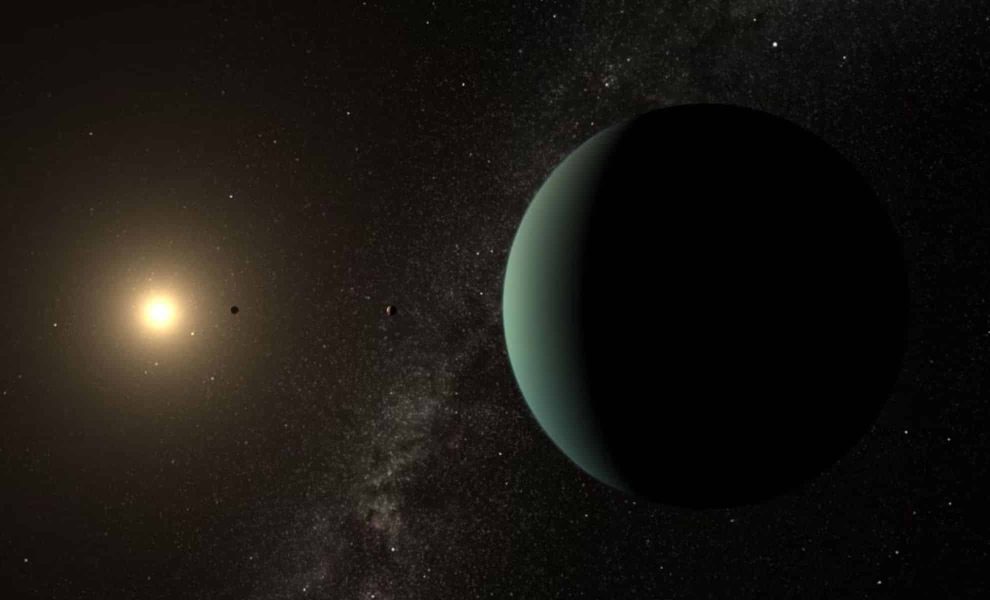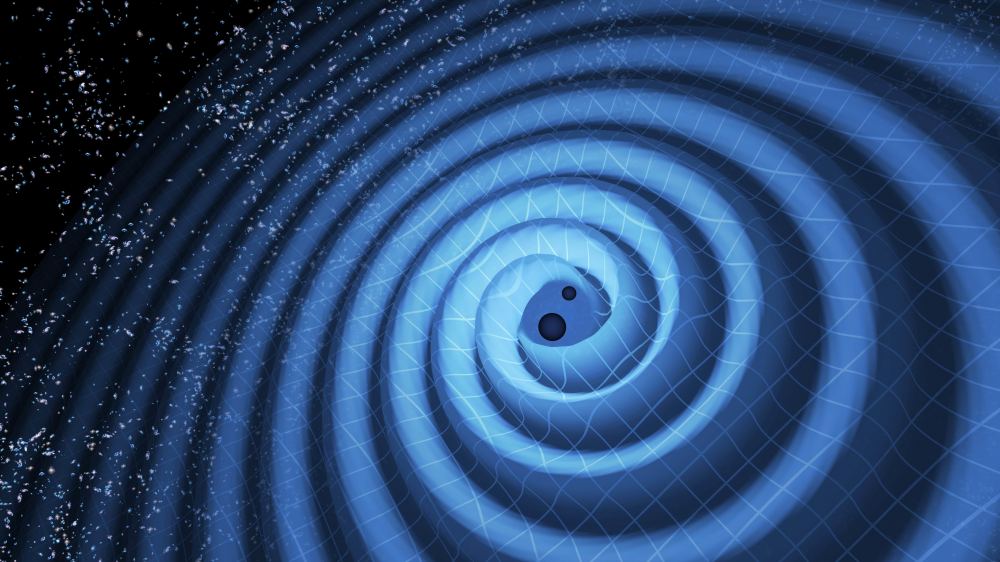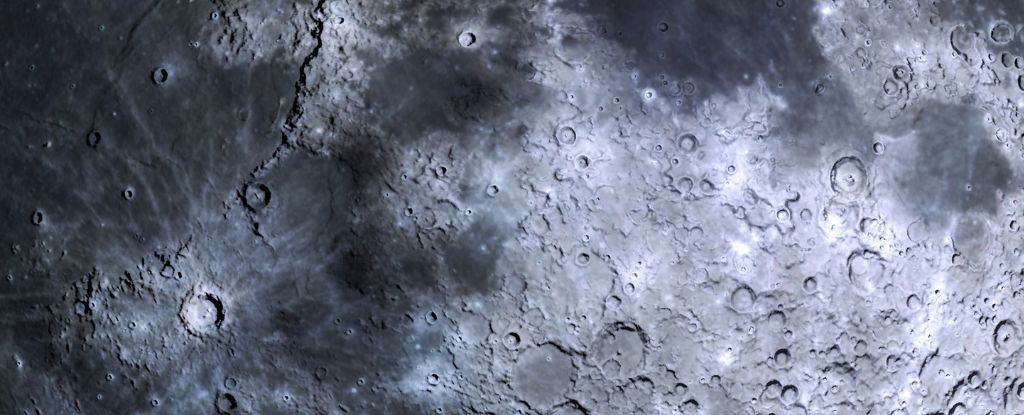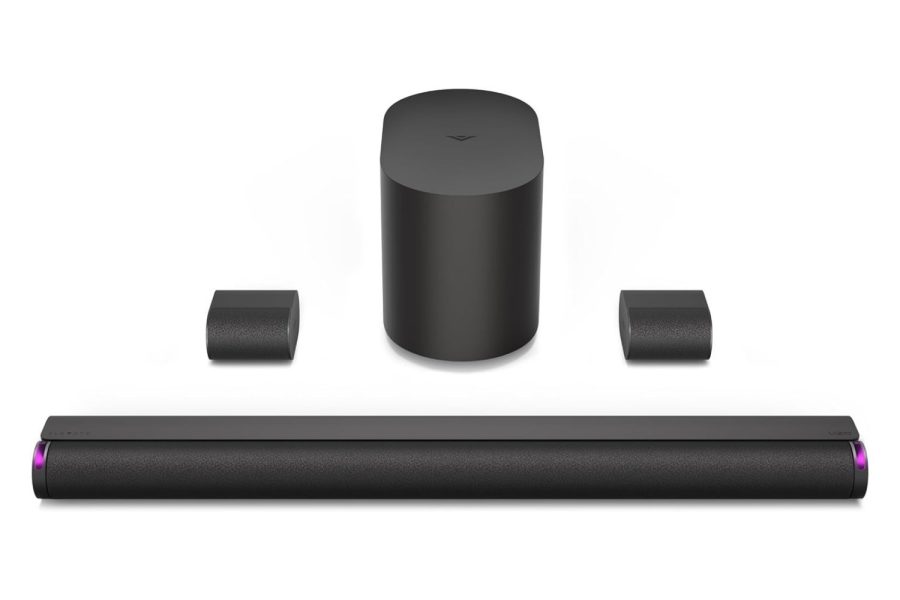Asteroid 2024 YR4 has non-zero odds of hitting Earth – EarthSky
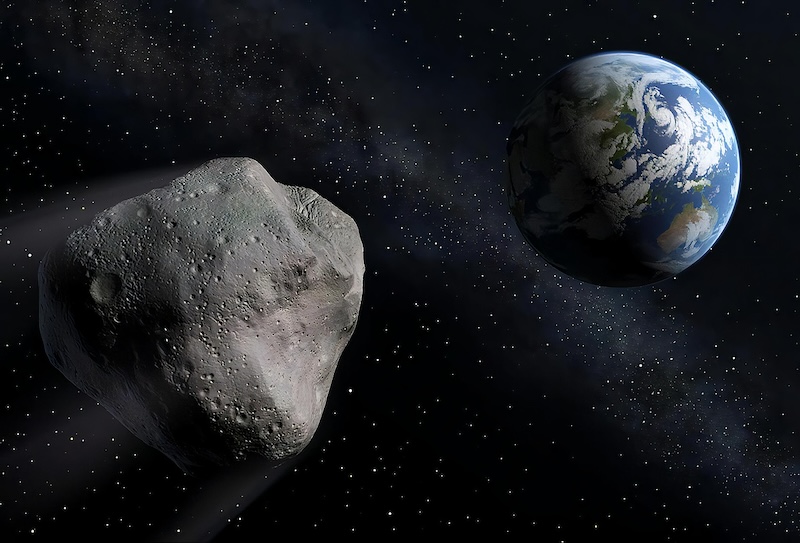
A daily update by email. Science news, great photos, sky alerts.
EarthSky’s Deborah Byrd interviewed asteroid expert Dr. Richard Binzel of MIT – inventor of the Torino Scale – about asteroid 2024 YR4.Asteroid 2024 YR4 swept into the view of the ATLAS asteroid impact early warning system – with telescopes in Hawaii, Chile and South Africa – on December 25, 2024. As of January 27, 2025, the space rock has 1-in-83 odds of hitting Earth in 2032. The asteroid is about 150 feet (50 meters) wide. The International Astronomical Union (IAU) keeps what it calls the Torino Impact Hazard Scale to rate the risk of asteroids making close encounters with Earth. Asteroid 2024 YR4 has a current value of 3 on the Torino scale. At this time, it is the only asteroid with a value above zero.EarthSky spoke with the inventor of the Torino scale, Richard Binzel of the Massachusetts Institute of Technology, yesterday (January 27, 2025). He said: In all likelihood, this object will fall to Torino Scale 1 and then 0; or directly fall to 0 with more measurements.The 2025 EarthSky Lunar Calendar is now available! A unique and beautiful poster-sized calendar. Get yours today!The only asteroid ever to have a higher score on the Torino scale was 99942 Apophis. It briefly had a rating of 4 on the Torino Scale in late 2004. And, yes, Apophis caused a stir and earned the nickname of the Doomsday Asteroid. But asteroid Apophis is now just a zero on the Torino scale. That’s because astronomers watched it carefully, refining their knowledge of its orbit. They determined that Apophis has a negligible risk of impact for at least a century.So, yes, an asteroid’s score on the Torino scale can change – in fact, is likely to change – as astronomers gather more observations of the object and also track its motion around the sun. If asteroid 2024 YR4 were to strike Earth, it wouldn’t end life on Earth as we know it. It’s not large enough to do that. But it could be locally destructive, depending on where it hit (IF it hits). Watch a video of size comparisons in asteroids, here. So asteroid 2024 YR4 isn’t a world-destroyer. Instead, it’s thought to be similar in size to the object that felled reindeer and flattened some 1,000 square miles (2,150 square km) of forest, in a sparsely populated area near Tunguska, Siberia, in 1908.The IAU has been using the Torino Impact Hazard Scale since 1999 to categorize asteroids that could potentially hit Earth. An object – such as 2024 YR4 – with a score of 3 puts in the yellow zone. This means the object merits attention by astronomers and the public. The description of a score of 3 reads:A close encounter, meriting attention by astronomers. Current calculations give a 1% or greater chance of collision capable of localized destruction. Most likely, new telescopic observations will lead to reassignment to Level 0. Attention by public and by public officials is merited if the encounter is less than a decade away.In fact, most new asteroids that get listed on the Torino scale have their likelihood of hitting Earth go up with more observations … until it drops to zero. That’s because the uncertain path of the asteroid is wide and more observations shrinks the path, making it look more likely, until the path shrinks enough to show that it will not cross Earth’s. It’s likely that’s what will happen with asteroid 2024 YR4 also.In 2023, EarthSky spoke with the inventor of the Torino scale, Richard Binzel of the Massachusetts Institute of Technology. He said that we should expect more objects to make the Torino scale as our technology improves, allowing us to see smaller objects we otherwise would have missed. So, we had better get used to seeing objects on the Torino scale, at least temporarily.Asteroid 2024 YR4 presents a challenge to observations, however. The potential for an impact is still seven years away, but the asteroid is moving into a position where astronomers will not be able to observe it for about three years. At the moment, the asteroid is exceedingly faint at magnitude 23. It is expected to continue to dim throughout February until it leaves our view. Will we get enough observations of asteroid 2024 YR4 to be able to remove it from where it currently sits on the Torino scale? There’s no way to know that at this time.With the current data astronomers have on the asteroid, they estimate not just one possibility for impact in 2032, but seven possibilities between 2032 and 2079. The first possible impact date is December 22, 2032. Again, as more observations come in, this information will change.Just to reiterate, it’s most likely that this asteroid WILL NOT HIT Earth. But, what everyone’s wondering is, if it did, where would it hit? Here’s the best idea we have of location at this point:Refer to https://t.co/EOMvQge3sI for some discussion about why we may know only in 2028 – and refresh https://t.co/MCon0SQis9 for the evolving impact probability. Meanwhile here’s – from https://t.co/YrlL0dByCE – where it would come down, if … pic.twitter.com/Lcep790pei— Daniel Fischer @cosmos4u@scicomm.xyz (@cosmos4u) January 28, 2025 So, what if further observations of asteroid 2024 YR4 determine that it is on a collision course with Earth on December 22, 2032? To start with, the first potential impact is still years away. And we’ve already sent a mission to hit and move an asteroid as a test of our planetary defense system. That mission was the Double Asteroid Redirection Test (DART), which impacted with an asteroid’s moon named Dimorphos in 2022. And Dimorphos was much larger than asteroid 2024 YR4, at 525 feet (160 meters) across.If it’s determined that asteroid 2024 YR4 will strike Earth, we are (at least somewhat) prepared!Bottom line: Astronomers discovered an asteroid in December that has a 1-in-83 chance of hitting Earth in 2032. The asteroid 2024 YR4 is about 150 feet (50 m) wide.Via IAU Minor Planet CenterVia ESA
Source: https://earthsky.org/space/asteroid-2024-yr4-odds-hit-earth-torino-scale-2032/
